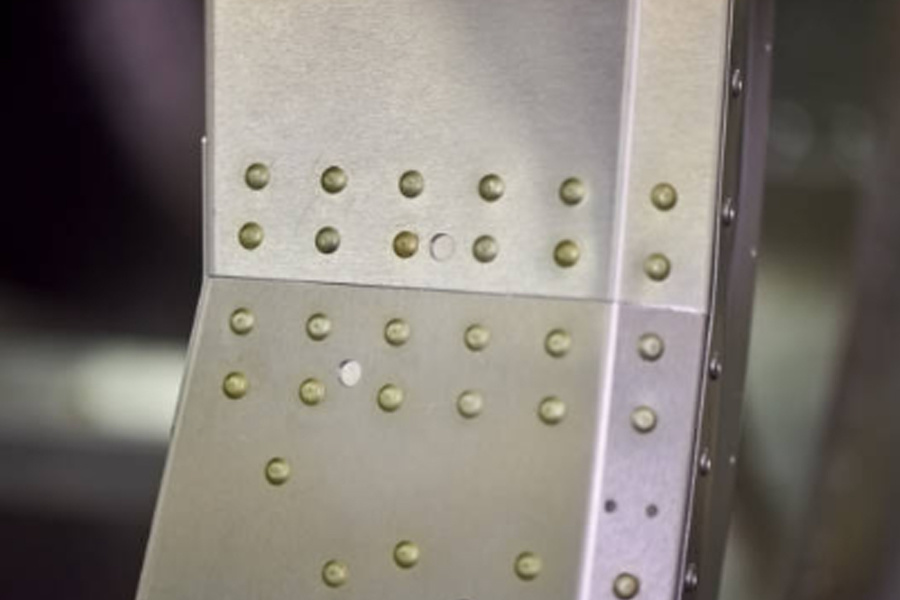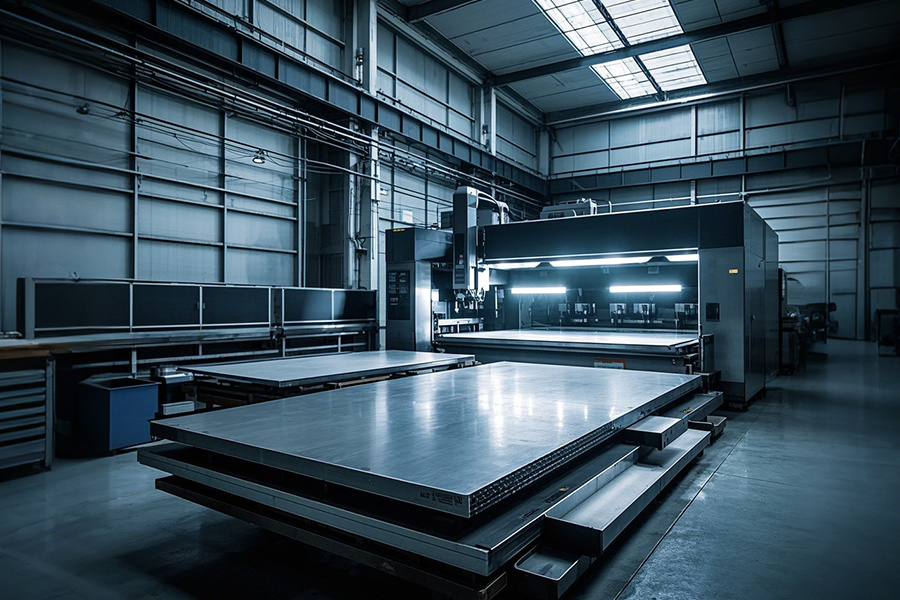Sheet metal riveting technology: a perfect combination of tradition and modernity
Release time:
2024-12-14
Thin Metal Plate Riveting Technology Witnesses the Fusion of Tradition and Modernity. Traditional technology has been enduring with reliable connection, while modern technology has been upgraded with innovations such as automation, innovation of rivet material structure, and collaboration with multiple technologies. It has been widely used in industries such as construction and automobiles, promoting the development of the industry.
Among the many processes for connecting metal sheets, the riveting process has a unique position. It is like a bridge that connects the wisdom of traditional manufacturing with the innovation of modern industry, achieving a perfect blend of tradition and modernity.
The traditional riveting process for metal sheets has a long history and is an indispensable means of connection in early industrial manufacturing. With simple tools such as hand hammers and rivet guns, craftsmen pass rivets through pre-drilled sheet holes, and then deform the rivets by hammering or squeezing, thereby firmly connecting two or more metal sheets. This traditional process has left a deep mark in some classic metal products, such as ancient steam locomotives and traditional metal bridge structures. The advantage of the traditional riveting process is that its connection is highly reliable, especially when subjected to large tensile or shear forces, the rivets can stably connect the sheets together and are not easy to loosen. Moreover, traditional riveting does not require complex power equipment or precise control systems, and still plays an irreplaceable role in some areas with limited infrastructure construction conditions or scenarios with high requirements for equipment portability.

With the rapid development of industrial technology, the modern metal sheet riveting process has achieved a qualitative leap on the basis of tradition. Modern riveting technology has introduced advanced automation equipment and high-precision control technology. For example, the automated riveting machine widely used in the automobile manufacturing industry can accurately control the parameters of rivet feeding, positioning, riveting pressure and depth. In the assembly process of the automobile body, a large number of metal sheet parts need to be connected quickly and accurately. The automated riveting machine can efficiently complete the riveting task according to the preset program, greatly improving the production efficiency and consistency of product quality.
Modern riveting technology has also made innovations in rivet materials and structures. The new rivet material not only has higher strength and corrosion resistance, but also has better plasticity, which can adapt to different riveting process requirements. Some rivets with special structures, such as blind rivets and self-piercing rivets, came into being. When installing the blind rivet, you only need to pull the rivet core to expand the rivet body and fix it on the thin plate. The operation is simple and quick, and it is suitable for some thin plate connections with high sealing requirements, such as the manufacture of air conditioning chassis. Self-piercing rivets can directly penetrate metal sheets and form a strong connection without pre-drilling. This feature has obvious advantages in connecting metal sheets of different materials or with large thickness differences, and has been widely used in lightweight structure manufacturing in the aerospace field.
In addition, modern riveting technology focuses on coordination with other processing technologies. In the processing of metal sheets, riveting is often used in combination with cutting, bending, welding and other processes. For example, in the manufacture of some large metal sheet products, the sheet is first cut into a suitable shape by laser cutting, then bent, and finally connected into a complete product by automated riveting equipment. This multi-process collaborative operation gives full play to the advantages of each process and realizes efficient and high-quality production of metal sheet products.

In the construction industry, the installation of metal sheet curtain walls also reflects the combination of traditional and modern riveting processes. For some small and complex metal sheet decorative parts, traditional manual riveting processes may be used to ensure the fineness and beauty of their connections; while for large-area curtain wall main structures, modern automated riveting equipment is used to ensure the strength and stability of the connection while increasing the installation speed.
The metal sheet riveting process continues to develop in the collision and integration of tradition and modernity. The reliability and practicality of traditional technology complement the automation, high precision and innovation of modern technology, making the riveting process in the field of metal sheet processing rejuvenated and widely used in many industries such as automobiles, aerospace, and construction, providing solid connection technology support for the development of modern industry.
Key Words







